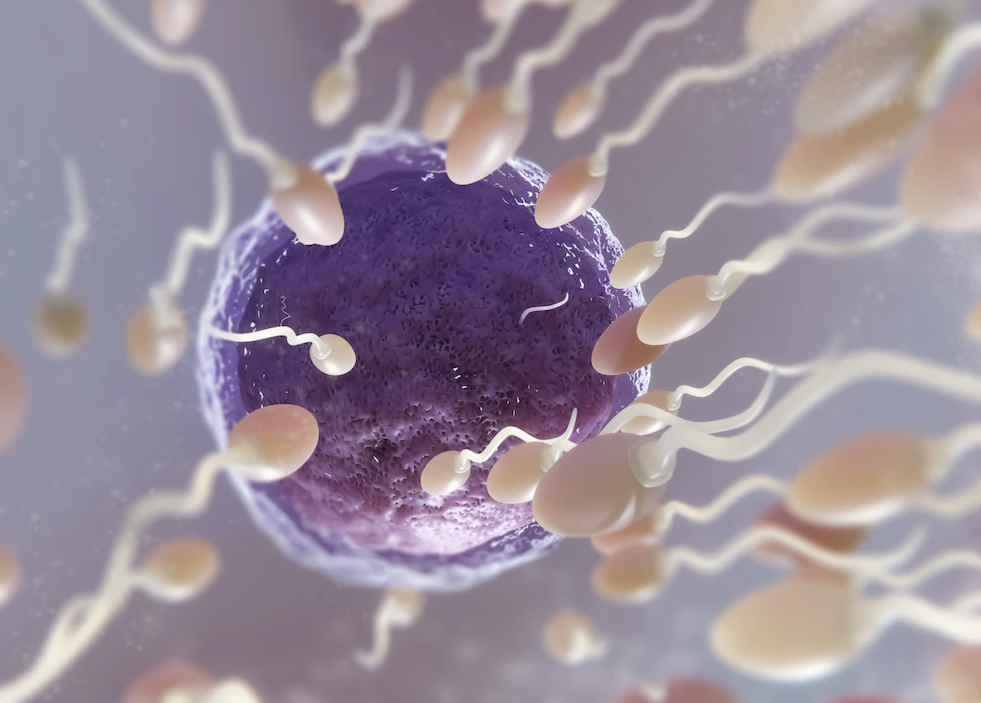Fallopian tube obstruction: Causes and solutions for your fertility

One of the causes of female infertility is what we call “tubal factor infertility” in medicine.
What does it involve? So‑called “tubal factor infertility” is the incorrect functioning of the fallopian tubes due to malformations, lack of permeability or flexibility or the absence of fallopian tubes after having them surgically removed.
This poor functioning of the fallopian tubes can have a direct impact on your desire to become a mother, so that’s why it’s important to find out if there is a problem with your tubes so that we can try to find a solution.
Don’t worry – we know you have questions, so that’s why we are going to go into detail and explain this topic to you as best we can.
What are the fallopian tubes?
To go a bit further into this topic to understand it better, we are going to give you some very basic notions about the organs that make up the female reproductive system: the ovaries, the fallopian tubes, the uterus and the vagina. Each of these structures in the female anatomy must fulfil its function in order for a pregnancy to take place.
To give you a better idea, the fallopian tubes are two tube-like structures (one on the right and one on the left), that are slightly wider than the inside of a pen and extend outward from the top left and top right sides of the uterus. Each tube measures ten to eighteen centimetres in length, and they function as a channel that stretches from the inside of the uterine cavity (endometrial cavity) to their corresponding ovaries. To fulfil their function, the fallopian tubes must be permeable and flexible.
What role do the fallopian tubes play in achieving a pregnancy?
The fallopian tubes are the organ responsible for: picking up the egg that has been ovulated by the ovary, allowing spermatozoids to travel up from the uterine cavity to fertilise the egg, and for transporting the resulting embryo to the endometrium where it will implant. To explain it in greater detail: the egg is fertilised by a spermatozoid in the fallopian tubes, ‑which allow spermatozoids to travel to the egg from the uterine cavity‑, thus forming a human embryo.
After this, the fallopian tube is responsible for two other very important functions:
- Offer the embryo a suitable environment to undergo initial cell division, as it will remain inside this organ for the first three to five days of development.
- Propel the embryo toward the uterine cavity where it will implant.
In order for all of the above to properly take place in the fallopian tubes, their anatomy, permeability and flexibility must be correct so that this organ can carry out its functions.
Will I be able to get pregnant if my fallopian tubes are not functioning properly? | Fallopian tube obstruction
When the fallopian tubes are not functioning properly, whether it be due to an abnormality regarding flexibility or permeability (obstructed and/or rigid, inflexible fallopian tubes), the female will encounter difficulties when it comes to trying to conceive. In other words, she will struggle with infertility and/or sterility.
Issues with the fallopian tubes affect between 30% to 40% of females dealing with infertility. There are several causes responsible for these problems ranging from pelvic infections (that generally go undetected by the female herself or don’t produce any symptoms), to side effects from complex abdominal surgeries (such as peritonitis secondary to complex appendicitis), or complications from gynaecological interventions such as the removal of ovarian cysts, uterine fibroids, complex Caesarean-section deliveries, tubal ligation, etc.
Another major cause of infertility is abnormalities in the anatomy and/or permeability of the fallopian tubes as a result of endometriosis.

What tests are needed to detect a problem in the fallopian tubes?
All females struggling with infertility need to have their fallopian tubes tested. There are several procedures that exist such as the hysterosalpingogram, the most common and most important diagnostic test. It is an x-ray procedure during which a liquid (iodine contrast) is injected into the female’s uterine cavity; then by using a fluoroscope and taking x-ray images it is possible to see whether this liquid is able to reach the fallopian tubes and spill out into the female’s pelvic cavity. If the contrast medium correctly completes the journey, permeability of the fallopian tubes will be confirmed.
A sonohysterography is another way to test the permeability of the fallopian tubes. Unlike the hysterosalpingogram which is a bit more complex, the liquid that is injected into the uterus during a sonohysterography is a saline infusion; at the same time the liquid is injected, a vaginal ultrasound is performed to observe whether the saline completes the journey through the fallopian tubes and out into the peritoneal, or pelvic, cavity.
Neither of these diagnostic procedures requires anaesthesia and both are out-patient.
Another very effective way to check the fallopian tubes is by performing an exploratory laparoscopy. This procedure is somewhat more complex as it is a surgical intervention that requires the use of general anaesthesia. The surgeon is able to observe the fallopian tubes with the help of a tiny video camera that is inserted inside the body once one incision has been made near the navel and two more incisions in the lower abdomen.
Can assisted reproduction help me become a mother if I have a problem with my fallopian tubes?
Up until a few decades ago, surgical intervention (microsurgery) was proposed to try to repair damage if problems with the fallopian tubes had been confirmed; the results, however, were not very promising. The emergence of in Vitro Fertilisation (IVF) and its favourable results were a turning point when it came to finding a solution to tubal factor infertility.
Through in Vitro Fertilisation treatment we are able to do everything the fallopian tubes are not able to do naturally. All the processes that naturally take place in the fallopian tubes are performed in the IVF laboratory. These processes include the joining of the egg and the spermatozoid, fertilisation, and initial development of the embryo. Treatment comes to an end when the embryos are deposited directly into the endometrial cavity in the uterus. The embryo transfer is a procedure where the embryos are passed through the cervical canal before being deposited inside the endometrium where they will continue to develop naturally.
As you can see, assisted reproduction, specifically IVF treatment, can help you become a mother even if you have an issue with your fallopian tubes.
Do you still have questions after reading this article? Do you think you might have a problem with your fallopian tubes? Don’t think twice and contact us now! Remember that your first fertility consultation with URE Centro Gutenberg is cost‑free.
You can request your appointment online or call us on 0034 952 122 565 (URE Malaga).

